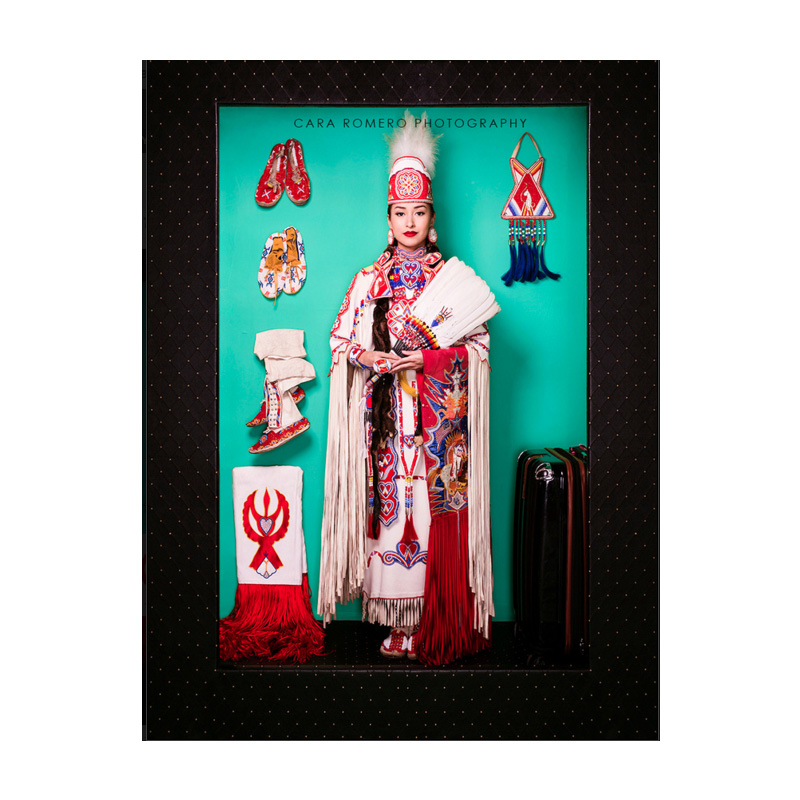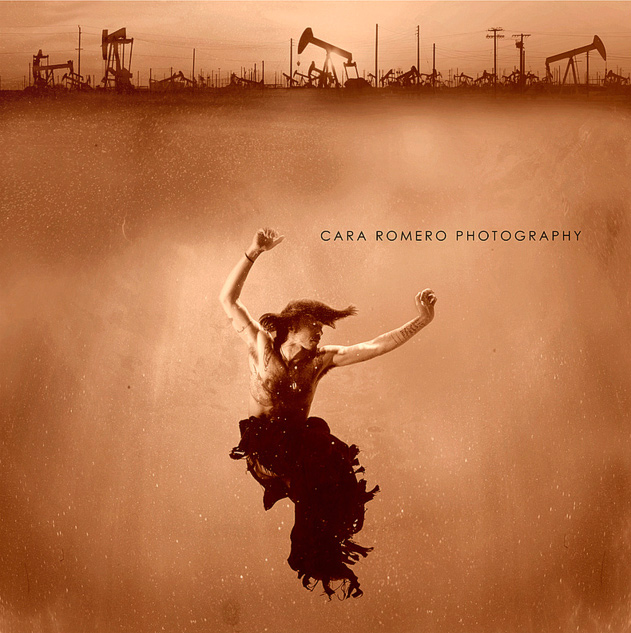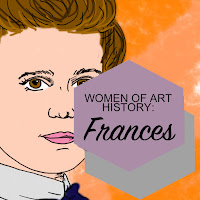 |
| Edmonia Lewis. 1844-1907. America. Sculptor. |
How many artists can you name? Chances are, you'll have named many more men than women. From the moment we are children, most of the artists and artworks we are exposed to are created by or about men. It's time to rebalance the scales and open up the artistic 'canon', introducing more women and ethnic minorities into the widely known narrative of art history. Here, I'll be trying to do just that in the style of a children's story, introducing you to one more woman from art and art history who, until now, you might not have known.
|
Once upon a time, a little girl called Edmonia was orphaned and was raised
by her aunts and her older brother. She helped her aunts sell Native
American baskets to tourists. In 1859, her brother helped give her enough money for her to
go to college and study art.
Edmonia was Native American and African American.
At Oberlin College there were only a handful of other non-white students. She
really stood out.
A lot of people were racist towards Edmonia. They didn’t
like how she looked and thought that made her a bad person. One night, Edmonia
was attacked by a racist mob.
Edmonia couldn’t graduate from her degree because of all the
violence against her. But she didn’t let that stop her.
She moved to Boston and began working on her craft:
sculpting.
It was very unusual for a woman to be a sculptor. In
Victorian times, people thought there were things only men could do. They
thought only men should be able to be sculptors. They thought women should
stick to sewing or painting. But Edmonia knew sculpting was her gift and she
wanted to work hard at it.
 |
Three male teachers refused to help her learn sculpting
because she was a black woman. Finally, she managed to find one teacher, Edward
August Brackett, who could show her how to make marble portrait busts.
Edmonia was very interested in famous abolitionists. That
means people who fought for the end of slavery. John Brown and Colonel Robert
Gould Shaw were two very brave men who fought for the rights of black people in
America.
 |
| Edmonia Lewis, 'The Bust of Robert Gould Shaw', 1867 |
Edmonia made a marble bust of Colonel Robert and his family
loved it. In fact, a lot of people loved it and she had to make lots and lots
of them. She sold one hundred portrait busts of him!
Finally, in 1864, Edmonia opened her first exhibition to
show everyone her sculptures.
Edmonia made enough money from her exhibition that she could
travel to Rome in Italy, where she really wanted to live.
In America, people always spoke about her
colour. In Italy, she thought people could judge her just on her art and not be
so interested in what she looked like.
 |
| Edmonia Lewis, 'Forever Free', 1867 |
In 1866, Edmonia set up her own space in a studio. The
studio had once been owned by Antonio Canova 100 years earlier. He was one of
the most famous Italian sculptors of all time!
Edmonia worked on every single bit of the art process, and
didn’t want to hire people to help her. She wanted to make sure that when
people saw her work, they knew it was done by her.
 |
| Edmonia Lewis, 'The Arrow Maker,' 1872 |
Even though she often created sculptures that looked
Italian, and wore big robes like Canova’s sculptures, Edmonia also never forgot
her African American and Native American past. In ‘Forever Free,’ she depicted
an African American man and women breaking the bonds of slavery. In another
sculpture, ‘The Arrow Maker’ she showed a Native American father showing his
daughter how to make an arrow.
Edmonia’s sculptures became so well known that tourists
began coming to her studio to see her artworks. She held many exhibitions in
America and in Italy. In 1876, she created a huge marble sculpture that weighed
about as much as two huge horses. It was called ‘The Death of Cleopatra’ was
elegant and powerful. She showed it an a huge exhibition with lots of other artists
in Philadelphia. Everyone agreed her Cleopatra sculpture was on of the best
pieces there.
 |
| Edmonia Lewis, 'The Death of Cleopatra', 1876 |
Edmonia lived happily ever after in London.
Her legacy is important because she showed that despite
others telling her she couldn’t be a sculptor because she was an ethnic
minority and a woman, she did it anyway and became internationally successful.
 |
| Oberlin College |
Oberlin College, where she was forced to leave university,
have taken her success and tried to make change. They have named a centre after
her for women and transgender people, helping others who may have been judged
for their race or sex, trying to make a world where no one will have to go
through Edmonia’s hardship.
“I have a strong sympathy for all women who
have struggled and suffered.”
—Edmonia Lewis





















